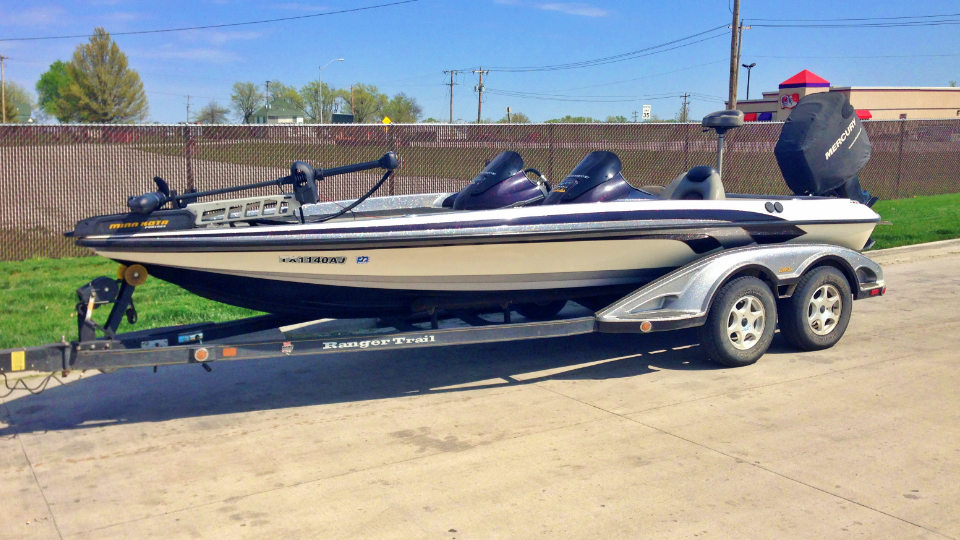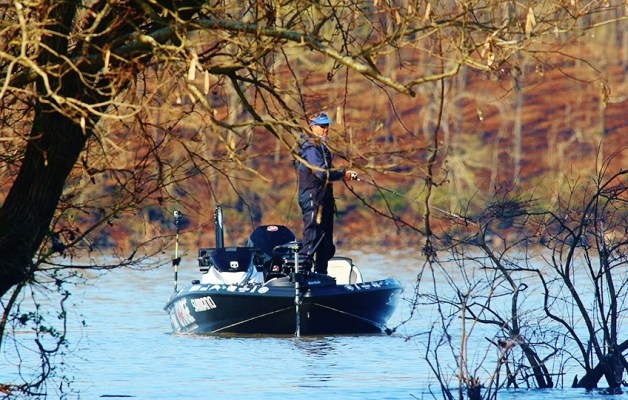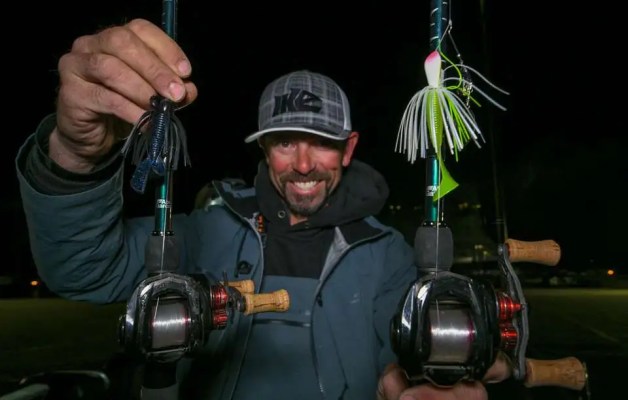
An affordable nautical adventure awaits!
Have you always dreamed of buying your own boat? While it’s a romantic and exciting notion, you need to understand what the required investment of money and time actually is. Buying a used model can help reduce the sticker shock. According to the National Marine Manufacturers Association, 60 percent of first-time boat buyers purchase a used boat. Here are more considerations to keep in mind when exploring the marketplace.
Define your intentions
Are you looking for serenity on the water? Then you probably want a sailboat. But if it’s more about a variety of fun-in-the-sun activities, a multipurpose model will better fit the bill. Also think about the size of the typical party you’d expect to join you (such as family and friends), and make an honest assessment of whether the boat model you’re considering will be roomy enough for both short hauls and extensive trips. (And don’t forget about making space for all of the gear you plan to bring on board.) Read the manufacturers’ recommendations to get specifics on maximum weight and number of occupants.
Find a reputable dealer
Yes, it’s possible that you could get a perfectly fine used boat from a private seller via an online classified ad, but it’s much safer to buy from a boat dealer with a solid reputation (which you can research online), especially if that dealer offers a strong warranty. The latter may even come with free servicing for a defined time period. An honest, knowledgeable dealer knows that his or her reputation (and business) is on the line—something a private seller doesn’t have to consider when selling you an old boat. Wondering how much you’ll pay for a particular model? Check NADAguides for boats, which is a comprehensive, Blue Book-style resource that provides specifications, research material and pricing information on boats.
Inspection drill
Any used boat will have some wear and tear. But do you need to know if your intended purchase has experienced normal or extraordinary usage? Start with the hull and look for inconsistently colored or recently applied paint. Look for any damage that could have resulted from an accident. If there’s any structuring that appears different than the rest, inquire about it. Search for any moss or other odd discoloration underneath or around fixtures. Then observe whether the metal is corroded. When you examine the bulkhead, it should be secure with laminate. If the bulkhead is loose, it could be a sign of improper maintenance. Also, give the steering cables a tug to make sure they’re firm too.
A checklist for the motor
If you’re looking for a boat that doesn’t require paddles, remember: As with a car, the boat’s engine drives performance. First, evaluate its cleanliness, because a dirty one could reveal neglect. Ask for any invoices and records of engine repairs. Manually turn the propellers to see if there’s warping or wobbling, and any gashes or nicks. Run the engine and check for oil and fluid leaks around the gaskets. If possible, conduct a test-run on the water.
Handling the hidden cost of ownership
There’s much more involved than simply the price of the boat. You must also factor in insurance, fuel/oil, a trailer, docking fees, storage, repairs, lodging, weekend food, water sports equipment, fishing gear, license, permits and maintenance. Then there’s the time investment: Boats can require plenty of repairs and cleaning—not to mention all that goes into getting it ready for winter storage—to stay ship-shape. If all of the expenses seem prohibitive, explore part-ownership with a friend or trusted party to split costs. A partnership will allow for you to designate specific weekends to head out on the water.
Let Nationwide turn your dream of ownership into reality. We offer discounts on boat insurance rates, so you can set sail and enjoy security on the high seas.




